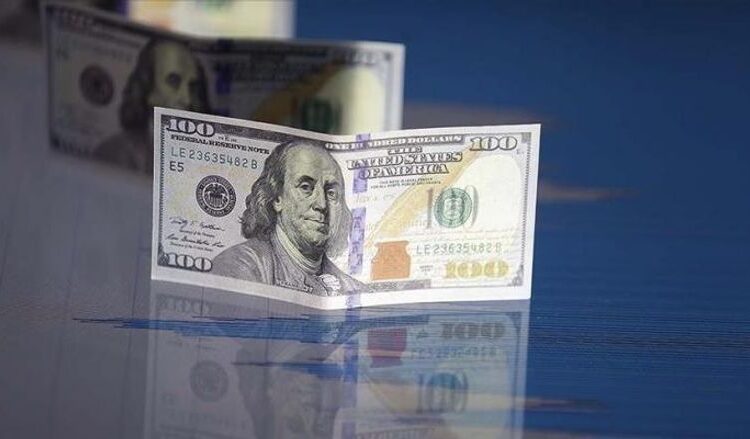Dollar
wobbles as comments of Fed’s Powell put focus on Sept rate cut
Shafaq News/
The dollar crept off five-week lows on Tuesday, as investors weighed the case
for a September rate cut after comments by Fed Chair Jerome Powell and rising
odds for the re-election of former President Donald Trump.
The Japanese
yen was weaker in Asian hours after Monday’s one-month high of 157.165 to the
dollar, keeping traders wary of further intervention by Tokyo.
On Monday,
Powell said the second quarter’s three U.S. inflation readings “add
somewhat to confidence” that the pace of price increases is returning to
the Federal Reserve’s target in a sustainable way.
The
comments, likely Powell’s last until his press conference after a Fed meeting
set for July 30 and 31, shifted rate cut expectations.
Markets now
anticipate 68 basis points (bps) of easing this year, with a rate cut in
September fully priced in, the CME FedWatch tool showed.
The dollar
index , which measures the U.S. unit against six peers, was at 104.3, not far
from the one-month low of 104 it touched on Monday.
“Despite
dovish inclinations, Powell remained in a data-dependent mode, which is
warranted after the Fed has burnt its fingers with inflation running back
higher in Q1 after a dovish pivot at the end of 2023,” said Charu Chanana,
head of currency strategy at Saxo.
“Markets
may need to wait longer for the confirmation of their September rate cut hopes,
and growth and labour data will be on the radar, such as retail sales
today.”
U.S. retail
sales for June due later in the day are expected to show a decline of 0.3%
month-on-month.
The euro was
at $1.0893, just shy of a four-month high touched on Monday, having erased all
of the losses of the past few weeks when it came under pressure from
uncertainty about the French election.
The focus
will be on the European Central Bank’s policy meeting on Thursday, when it is
expected to hold rates, but attention will be on comments from chief Christine
Lagarde to ascertain the timing of the next rate cut.
Markets are
pricing in 48 bps of cuts this year.
Japanese
authorities kept up their warnings against falls in the yen, with Chief Cabinet
Secretary Yoshimasa Hayashi saying they stood ready to take all possible
measures in the currency market.
Traders
suspect Tokyo intervened in the market in another effort to lift the Japanese
currency last week after the cooler-than-expected U.S. inflation report.
Bank of
Japan data shows authorities may have spent up to 3.57 trillion yen to prop up
the frail yen. Markets will be eyeing fresh money markets data to gauge if
Tokyo intervened on Friday as well.
The yen was
last down 0.4% at 158.64 to the dollar and was weaker across other crosses.
“The
yen was due a pullback anyway,” said Kyle Rodda, senior financial market
analyst at Capital.com.
“After
last week’s soft U.S. data and moves to price in a September Fed cut, plus the
intervention by the Ministry of Finance, the yen was pretty hot. It’s just
cooling off a bit now.”
Before last
week, Tokyo spent roughly 9.8 trillion yen ($61 billion) defending the yen at
the end of April and early May, official data show, but the unit has continued
to slide, hitting its lowest since December 1986 at 161.96 on July 3.
In
cryptocurrencies, bitcoin rose 1% to trade just shy of $65,000, near its
highest in a month. Ether was 1% higher at $3,466 for a two-week peak.
Cryptocurrencies,
along with shares of companies that could benefit from a Trump presidency,
jumped on Monday after an assassination bid on the Republican candidate boosted
expectations that he would win the November election.
Sterling was
little changed at $1.29625, lurking below its one-year high on Monday, as
investors await British inflation data on Wednesday for more clues to interest
rate policy.
Among other
currencies, the Australian dollar was 0.27% lower at $0.6741, off a six-month
high touched last week. The New Zealand dollar eased 0.17% to $0.6064, hitting
a two-week low ahead of inflation data due on Wednesday.
(Reuters)


